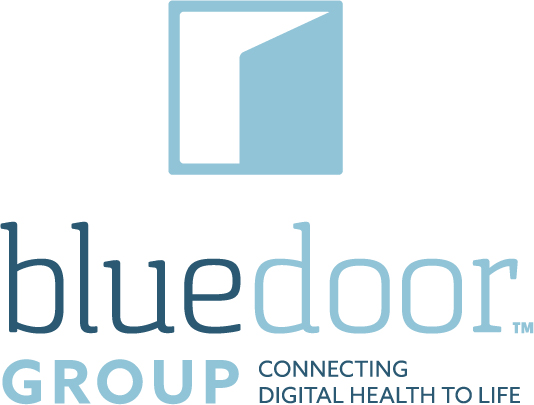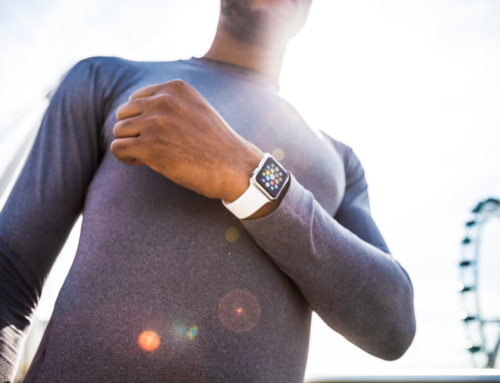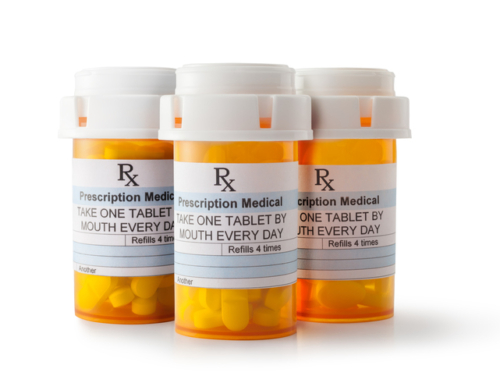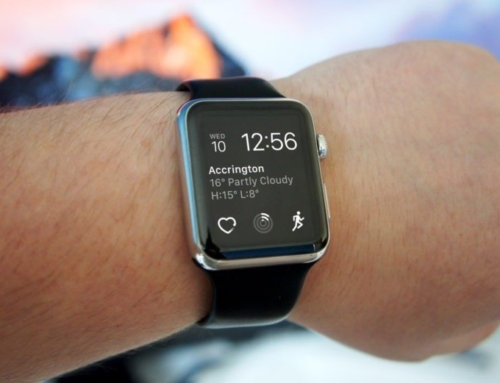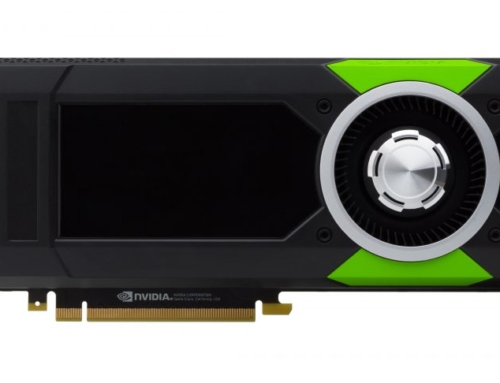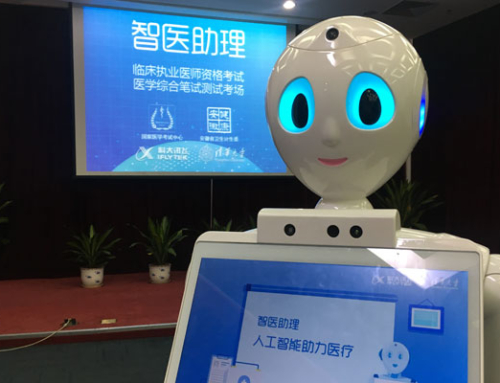By STEPHANIE BAUM | June 22, 2017
A new report from Stanford Medicine looking at the present and future of digital health draws some interesting conclusions on the impact virtual visits, wearables and predictive analytics will have on how healthcare is delivered in the future. Naturally, there are a good few challenges that stand in the way between the current state of healthcare innovation and the more fully evolved version that lies ahead, potentially.
Wearables will be provided by medical centers
Given that Stanford’s own research has quantified the merits of biosensors in wearables to detect symptoms of possible illness, such as Lyme disease, it stands to reason that it would envision medical centers playing a larger role in providing these devices, rather than technology companies. Wearables have become more sophisticated with the integration of biosensors and span a wide range of applications from cardiology and diabetes to quantifying the effects of medication, such as Proteus Digital Health.
“The promise of wearables is in the ability to detect and therefore treat illness at an earlier stage,” the report observed. “…there’s a market opportunity for healthcare organizations to enter the wearable market by delivering FDA-compliant, HIPAA-compliant devices producing medically robust and relevant data.”
But the underlying tensions that are likely to be pitfalls in the near future are debates concerning data ownership since medical centers aren’t likely to produce these devices themselves, even in the future, and patients will want a greater say in how their data is used.
Big data and research
The sheer amount of data generated not only by these devices but also from electronic medical records, claims data, and genetic profiles is extraordinary.
“About 153 exabytes (one exabyte = one billion gigabytes) of healthcare data were produced in 2013 and an estimated 2,314 exabytes will be produced in 2020, according to the report, translating to an overall rate of increase at least 48 percent annually.”
Kaiser Permanente’s HealthConnect, a program that unifies health records across the health system, has amassed $1 billion in cost reductions since its implementation in 2013.
The report, citing Stanford faculty, noted that all this data could transform the way research is done. But it will require a biomedical research infrastructure to be in place to promote collaboration, interoperability and data governance. It’s quite a challenge for institutions to achieve this within their network, let alone across communities.
Predictive analytics
Big data also comes into play as clinical researchers use it to spot patterns in symptoms and behaviors leading up to an event. Companies and institutions are developing devices that can spot these patterns and alert clinicians and/or patients before they happen. Stanford Byers Center for Biodesign is developing predictive devices including a monitoring device that predicts pediatric asthma attacks days before they occur, a test for the genetic causes of heart disease and a rapid non-invasive test for potential heart-transplant rejection, the report noted. Since 2011, nearly $2 billion has been invested to fund companies using predictive analytics in healthcare.
Virtual health
There has been an enormous amount of deal flow — both M&A and investments — in the diverse realm of virtual care, from telehealth provider Teladoc’s $440 million acquisition of second opinion service Best Doctors to the $7 million invested in text-based telehealth business CirrusMD. The telehealth market is expected to grow from $240 million in 2013 to $1.9 billion by 2018, according to research firm IHS. It is viewed as an especially useful tool for medical consults with specialists that many communities may lack, improving access to behavioral health professionals and getting follow-up care following hospitalization which can cover physical therapy and wound care to chronic conditions as well as advice about basic non-emergency maladies, especially when the option is whether or not to drive to the nearest hospital many miles away or miss work. Just as exciting is the interest and adoption of telemedicine in non-U.S. markets such as China and India.
One issue with telemedicine that will take some time to quantify is how to push the envelope further. The protocol for using connected devices to give doctors more information on ear infections, sore throats, as well as digital stethoscopes and smartphone, enabled EKGs is an area of interest for this category.
Greater role of case managers for preventive care
The report notes that there’s an increase in case manager roles to help seniors
take medication, make and attend appointments and refill prescriptions. It points to the success of an Aetna program that “embeds” nurse case managers in physician offices, which led to 45 percent fewer hospital admissions, and cost reductions spanning 16.5 percent to 33 percent for members in the program.
Like so many aspects of life, what makes predictions about the future interesting is the rationale used to figure out how we get there and looking back on how much different the actual journey to arrive there was. There are so many variables that could derail the digital health future the Stanford report has painted. What Capitol Hill will do with health insurance and medical research in the next four years are a couple key areas but they are far from the only factors. How we balance the need to improve sharing patient data between providers, the security of that data from hackers lurking in the Dark Web and the role of patients in giving and gaining access to this data are critical questions that need to be addressed. They shouldn’t be undermined by health systems’ and technology vendors that want to keep this information for their own ends.
Photo: Dmitrii_Guzhanin, Getty Images
